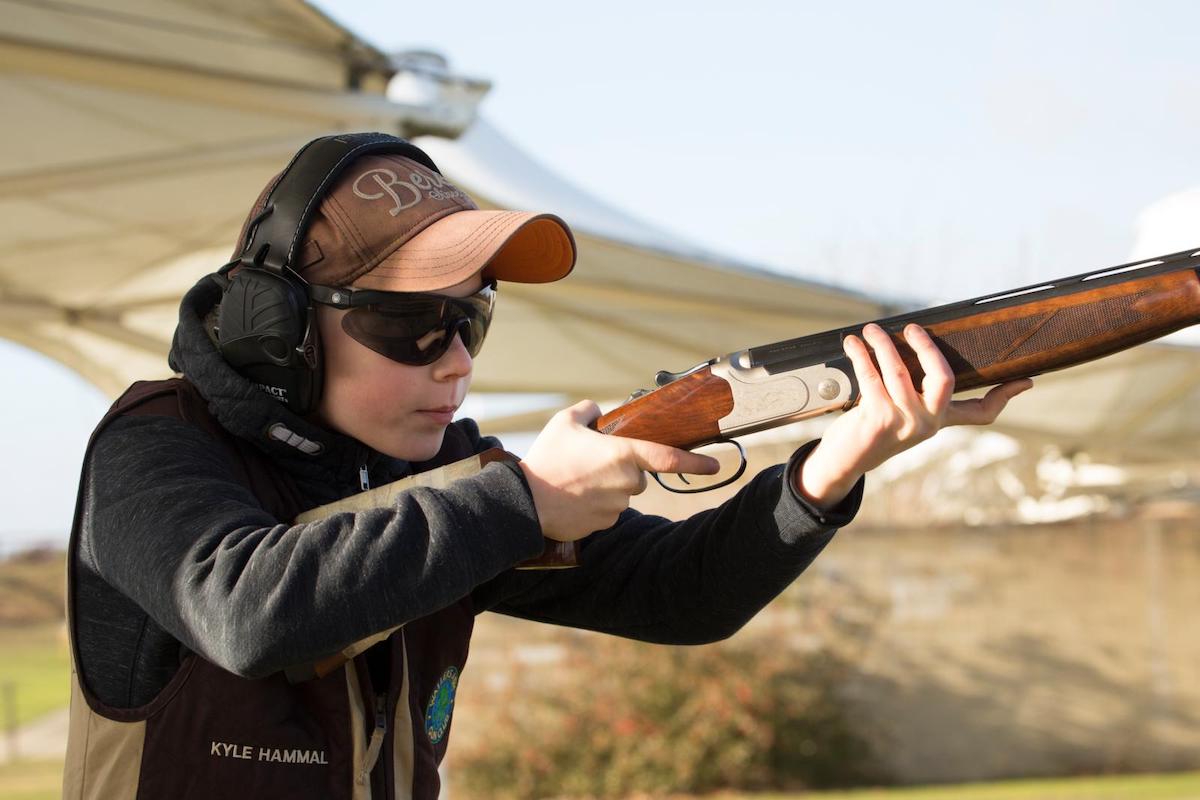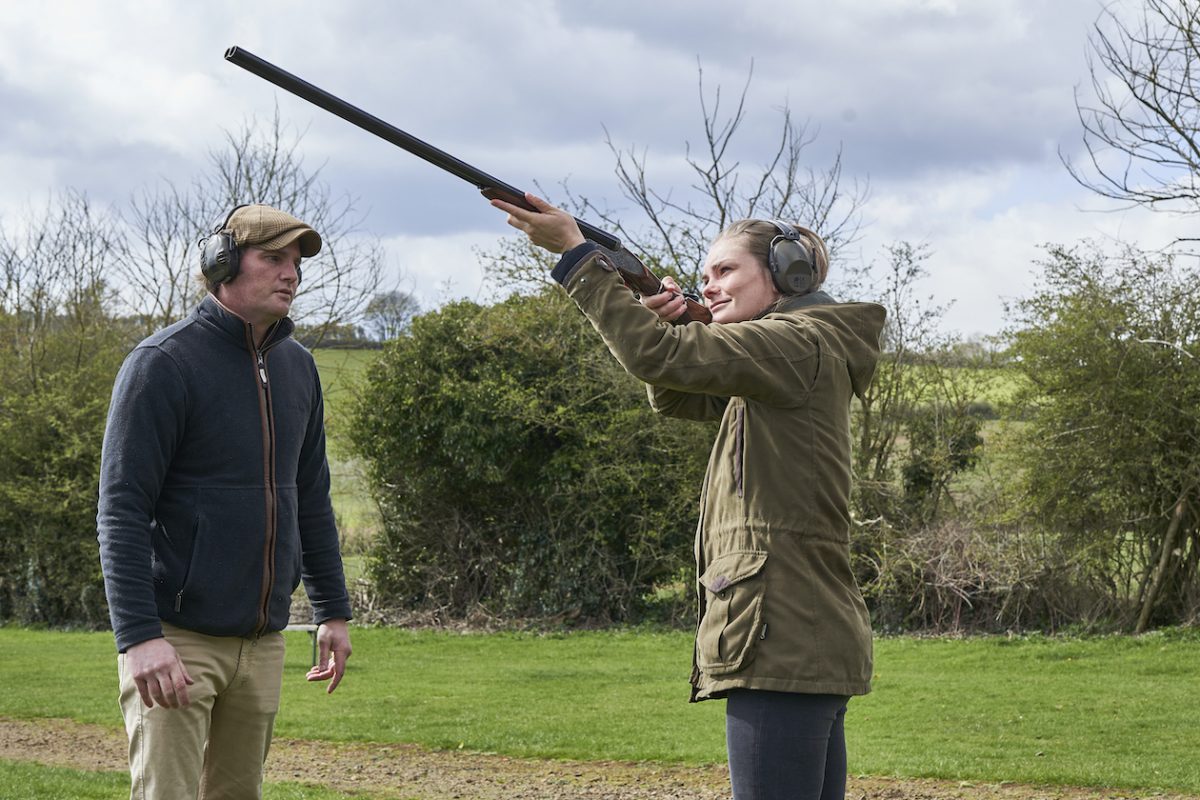Controlling magpies legally and effectively
What's the best way?

Before you attempt to shoot any corvids, make sure you are familiar with the general licence and have a good reason for controlling magpies.
Advice on controlling magpies
Q: What’s the best way to shoot magpies? Can they be decoyed? I don’t own a firearm, only an air rifle, so I will need to be fairly close to them. (Read what happens when you use an imitation owl to lure crows and magpies?)
A: Before you attempt to shoot any corvids, make sure you are familiar with the general licence and have a good reason for controlling magpies. (Read more on general licences here.) Magpie decoys are available, but to be honest I’ve never tried using them. I have, however, had very good results by laying out a dead magpie within range, which quickly draws others in. They often land right next to the dead one and shout to it. I generally have several magpies in the freezer just for this purpose alone.
Q: I am not able to operate Larsen traps on my shoot as I can’t check them daily, so I do my best to control the magpies by shooting birds flushed from nests. Do both sexes incubate the eggs, or am I only culling the females? (Read more on Larsen traps here.)
A: (David Tomlinson replies) With magpies, incubation is exclusively the job of the female, so if you are nest shooting flushed birds you are only shooting females. Incubation starts when the full clutch of five or six eggs is completed and then takes 24 days. Though most pairs build conspicuous domed nests with a roof, it’s worth noting that as many as 30 per cent of nests are open.
When the eggs are fresh the female flushes readily, slipping away as quietly and unobtrusively as possible. However, when she is sitting hard on well-incubated eggs or young chicks she is usually reluctant to flush, and it may take several strikes or blows on the trunk of the nesting tree to persuade her to move.
The male does take an active role in feeding the chicks. Both sexes will defend a nest containing well-grown chicks, and this can be the best chance to shoot the pair.








